
Making Space at the Table
NAP Contemporary’s group show, The Elephant Table, platforms six artists and voices—creating chaos, connection and conversation.
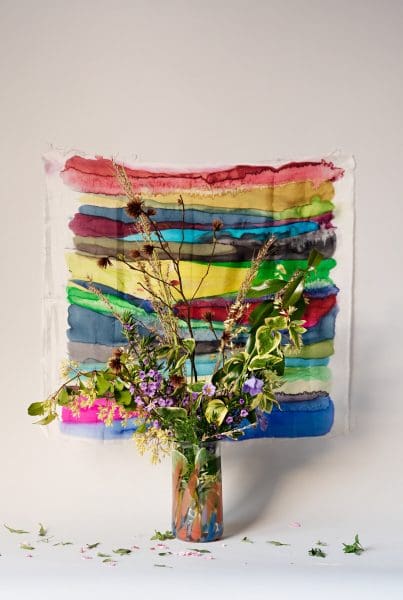

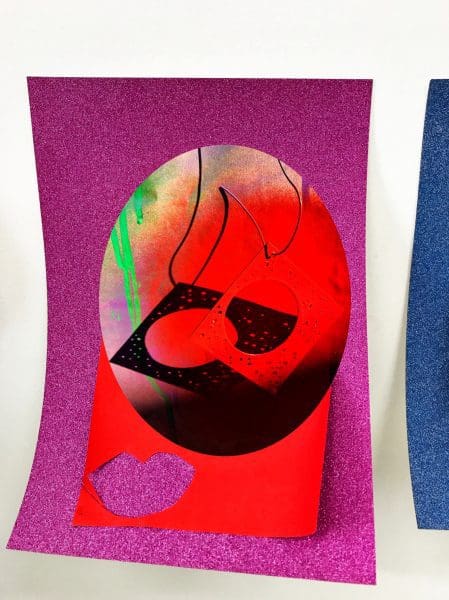
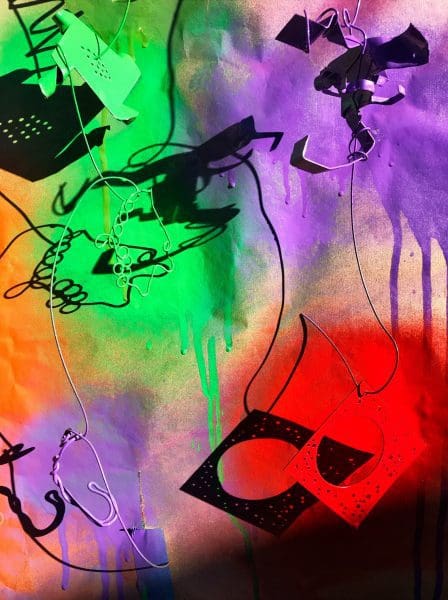
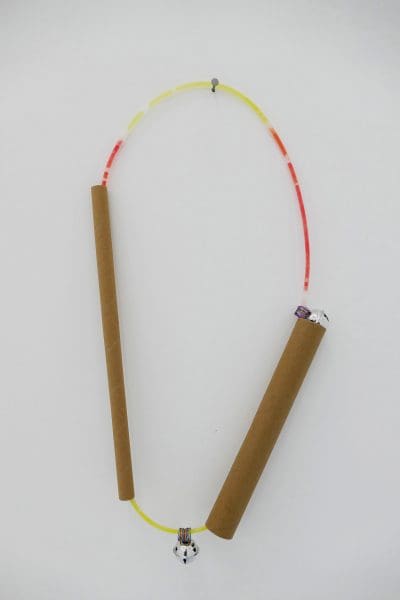
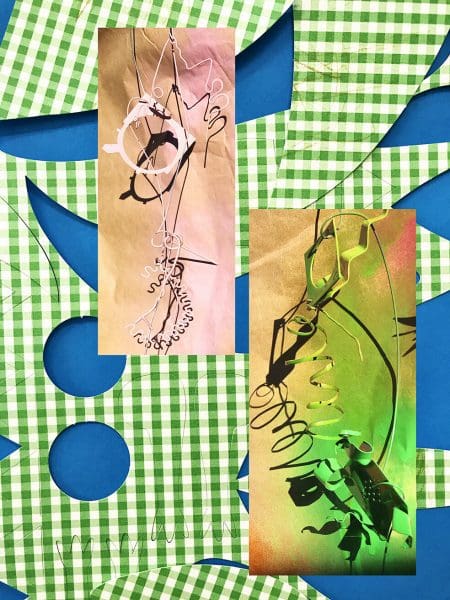
Making art, says Australian-born philosopher Elizabeth Grosz, is excessive. Grosz imagines how art existed before human influence, drawing upon things like birdsongs and the fragrance of flowers. She insists that such ornamentation, created for the natural world to attract a mate, affirms the way nature evolves with surprises that are “of no use but nevertheless attracts and appeals.” These excessive features could be the shine of a bird wing, or the pungency of jasmine.
Meredith Turnbull is interested in Grosz’s ideas. “Excess in this context is not a pejorative term,” Turnbull explains. “It’s a lively overabundance, a richness or force that moves through and gives life to things in the natural world.” Turnbull’s latest exhibition, Mood Mirror, features several alluring digital images that attract the eye in this instinctive way.

Turnbull’s digital images are a combination “of photographs I have taken of paper and metal constructions I have found, made, recycled and then painted.” While there are no flowers or iridescent feathers, you might detect snatches of carpet, bits of tin and wire, screws, and refuse, which have been assembled, photographed, and rescaled digitally. The reorganisation of these materials, both physically and digitally, animates the final work; and once photographed, each tableau created by Turnbull is intended to “be disassembled and recycled into other artworks.”
For the exhibition, Turnbull was also aiming to continue a collaboration with her young child and her mother: the three were supposed to work together on Mood Mirror before Melbourne’s lockdown placed Turnbull’s parents outside of her five-kilometre boundary. While a sense of ‘play’ was hoped to infuse the collaboration, and since play is closely associated with the sense of touch, Turnbull hopes that the three generations can still “work safely together for this project,” and exceed their physical limitations. As the artist says, “It’s a work in progress!”
Mood Mirror
Meredith Turnbull
Daine Singer
21 October—14 November 2020
Whilst no longer on display in the physical gallery space, Mood Mirror is available to view online in full here.
This article was originally published in the November/December 2020 print edition of Art Guide Australia.